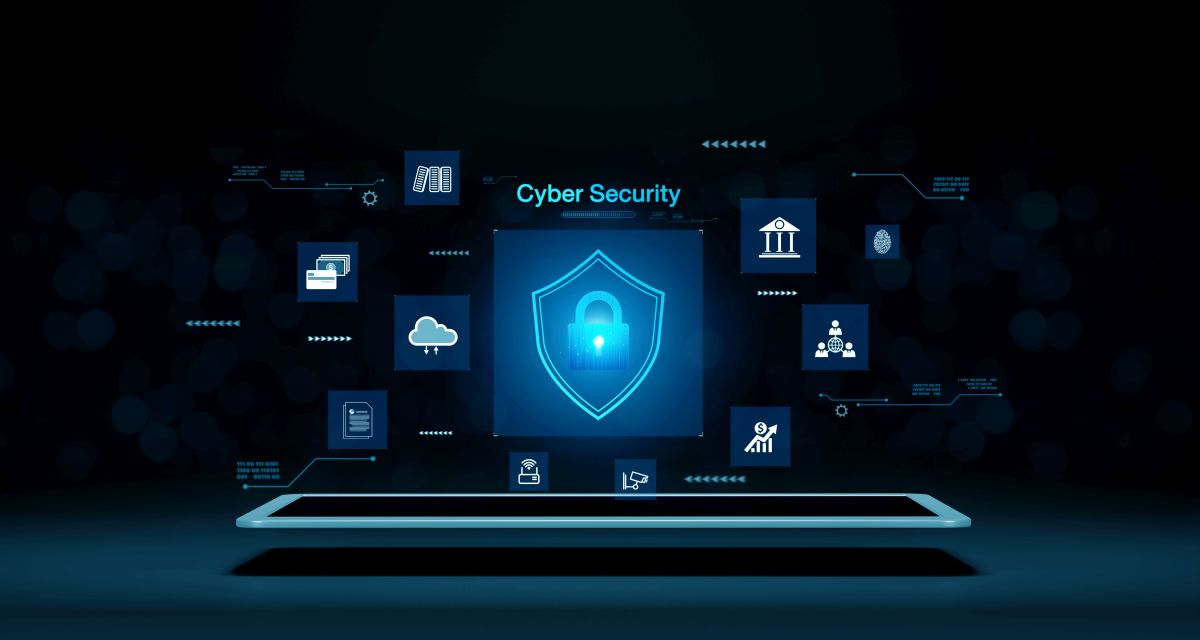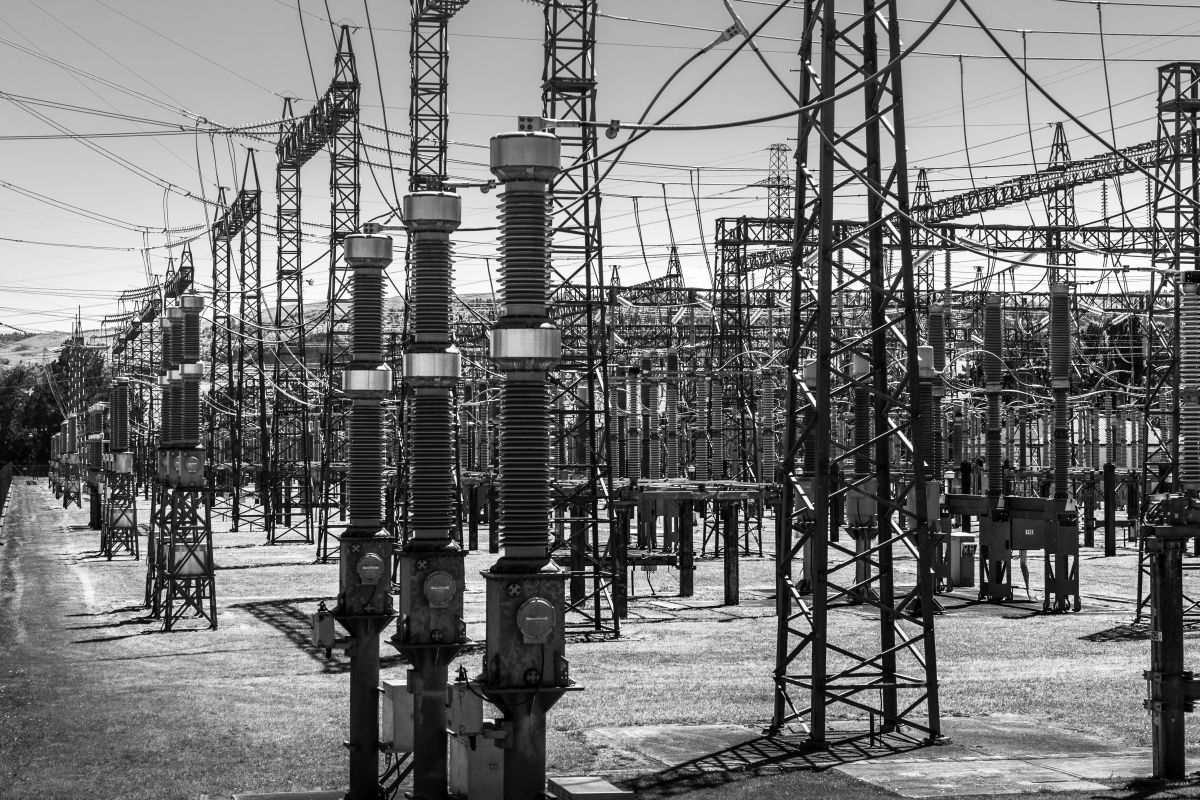Introduction
NERC’s PER-006 standard ensures that personnel who are responsible for real-time control of a generator and receive operation instructions are adequately trained. The standard focuses on developing and maintaining training programs for implementing the operational functionality of Protection Systems and Remedial Action Schemes (RAS). Compliance with PER-006 is crucial to enhancing the reliability of the Bulk Electric System (BES). This guide discusses key aspects of PER-006, common pitfalls, applicability, mandatory requirements, and how to develop a comprehensive training program. Understanding these elements is essential for entities to align with NERC’s reliability standards and maintain operational integrity.
What Are the Common Pitfalls and Mitigation Strategies in PER-006?
Common pitfalls in PER-006 compliance include inadequate training programs, failure to document training activities, and misaligning training with specific Protection System and RAS requirements. Mitigation strategies involve developing a robust training curriculum modified for specific Protection System components and RAS operations, ensuring comprehensive documentation of all training sessions, and continuously updating training materials to reflect current operational and regulatory changes. Regular audits and assessments of the training program help identify gaps and areas for improvement. Engaging external experts for periodic reviews ensures the training program meets NERC standards and addresses all compliance requirements.
What Is the Applicability of PER-006?
Standard PER-006 applies to personnel responsible for the real-time operation of generators and receiving operating instructions from the appropriate entities within the BES. This includes system operators and other relevant operational staff. The standard mandates that these individuals receive adequate training on the functionality of the Protection Systems and RAS that affect the output of the Generating Facility they are operating. Entities must identify all positions that require PER-006 training and ensure that the training program is modified to the specific duties and responsibilities associated with Protection System and RAS operations, thereby maintaining system reliability and compliance.
Which Entities Are Required to Comply with PER-006?
Entities required to comply with PER-006 include Generator Operators (GOPs) that have plant personnel who are responsible for the real-time control of a generator and receive Operating Instruction(s) from the Generator Operator’s Reliability Coordinator, Balancing Authority, Transmission Operator, or centrally located dispatch center. These entities must ensure their personnel are properly trained to understand the Protection System and RAS operations and its effect on the output of the generator facility. Compliance involves developing, delivering, and maintaining detailed records of training activities, including attendance, curriculum covered, and assessments of participant competency.
Entities must demonstrate that their training programs are effective and that personnel on how the functionality of Protection Systems and RAS are applied and the affects they may have on a generating facility under various operational scenarios.

What is the Overview of Remedial Action Schemes and Protection System?
Remedial Action Schemes are automated control systems designed to maintain the stability and reliability of the BES by responding to abnormal conditions. The RASs can trigger load shedding, generation tripping, or the reconfiguration of transmission networks to prevent cascading failures. Effective RAS operations require detailed knowledge of system dynamics, contingency analysis, and real-time operational capabilities. Personnel involved in RAS must be thoroughly trained to understand the scheme’s logic, triggers, and expected outcomes, ensuring quick and accurate responses to system disturbances.
What are Protection Systems?
Protection systems are crucial components in electrical power systems designed to detect and isolate faults, preventing damage to equipment and ensuring safety. These systems use relays, circuit breakers, and other devices to monitor electrical parameters like voltage, current, and frequency. When abnormalities are detected, protection systems trigger appropriate responses, such as disconnecting faulty sections from the grid. This minimizes damage, prevents widespread outages, and ensures the stability and reliability of power transmission and distribution networks.
Protection systems are directly linked with PER-006, which ensures that personnel responsible for real-time operations are trained and qualified to monitor and respond effectively to system protection alarms and events, thereby maintaining the reliability of the Bulk Electric System.
How to Develop a Comprehensive Training Program for PER-006?
Developing a comprehensive training program for PER-006 involves several critical steps. First, a thorough job-task analysis must identify the skills and knowledge required for the Protection System and RAS operations. Next, design a curriculum that includes theoretical knowledge, practical exercises, and scenario-based training. Incorporate hands-on simulations and drills to enhance understanding and retention. Regular updates to the training materials are needed to reflect changes in the Protection System and RAS protocols and regulatory requirements. Establishing clear metrics for evaluating training effectiveness, such as assessments, performance reviews, and feedback mechanisms, ensures continuous improvement and compliance.

What Are the Mandatory Training Requirements for Reliability Coordinators under PER-006?
Generator Operators must meet specific training requirements under PER-006 to ensure competency in managing the Protection System and RAS operations. This includes initial training on the Protection system and RAS concepts, protocols, and operational procedures, followed by periodic refresher courses to keep skills and knowledge up to date. Training programs must cover contingency response, system restoration, and coordination with other entities. Additionally, coordinators must participate in practical exercises that mimic real-world scenarios. Documentation of all training activities, including participant performance and feedback, is crucial for compliance and continuous improvement.
How Can Certrec Assist in PER-006 Compliance?
Certrec provides customizable training solutions across multiple regulatory and operations topics to help utilities comply with PER-006. At Certrec, we offer experienced regulatory experts who:
- Understand the needs of your industry.
- Offer real-life experience complying with regulatory standards, requirements, and procedures.
- Understand the workload, technical knowledge, and skills required to operate electric generation and distribution facilities.
Additionally, Certrec has helped more than 200 generating facilities establish and maintain NERC Compliance Programs and currently manages the entire NERC compliance program for 80+ registered entities in the US, Canada, and Mexico.
Conclusion
Compliance with NERC’s PER-006 standard is vital for ensuring the reliability and stability of the BES. Entities can ensure their personnel are well-prepared to respond to Protection System and RAS operations by developing comprehensive training programs, addressing common pitfalls, and understanding the specific requirements and applicability of PER-006. Continuous evaluation and improvement of training programs are essential for maintaining compliance and operational excellence. Additionally, leveraging Certrec’s expertise and resources further enhances compliance efforts, ensuring operational excellence and regulatory adherence.
For information on how Certrec can assist with NERC compliance, visit www.certrec.com or contact us at NERCExperts@certrec.com.













